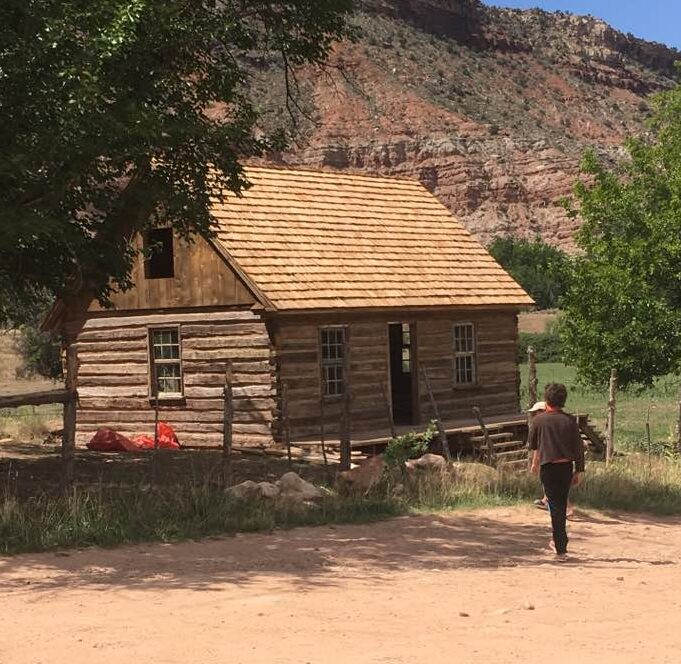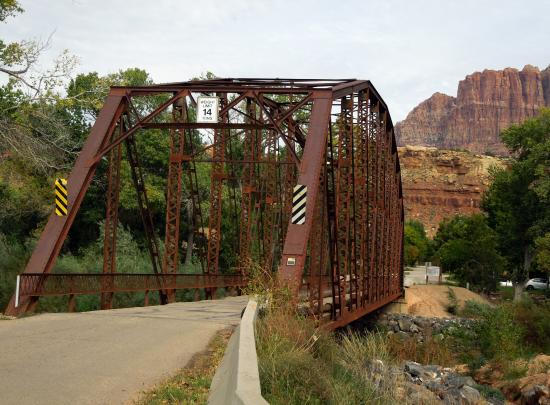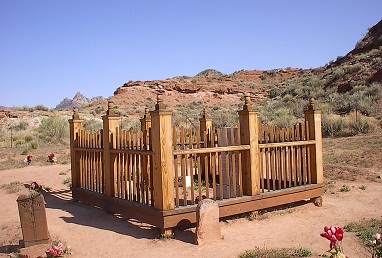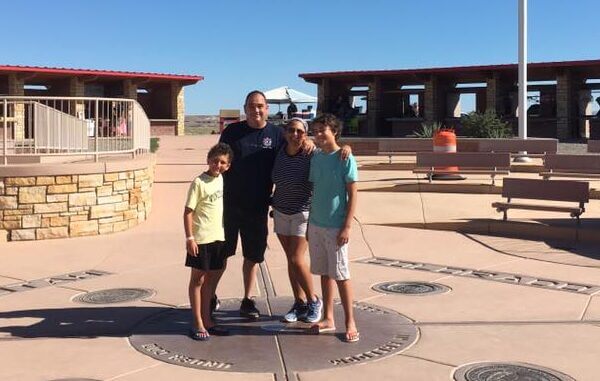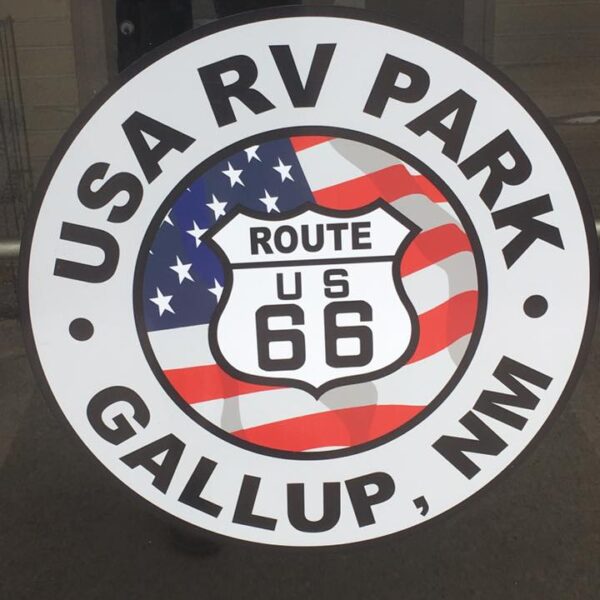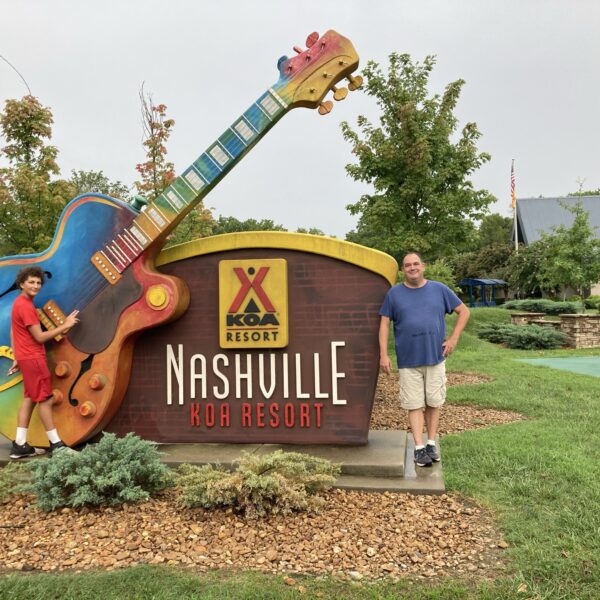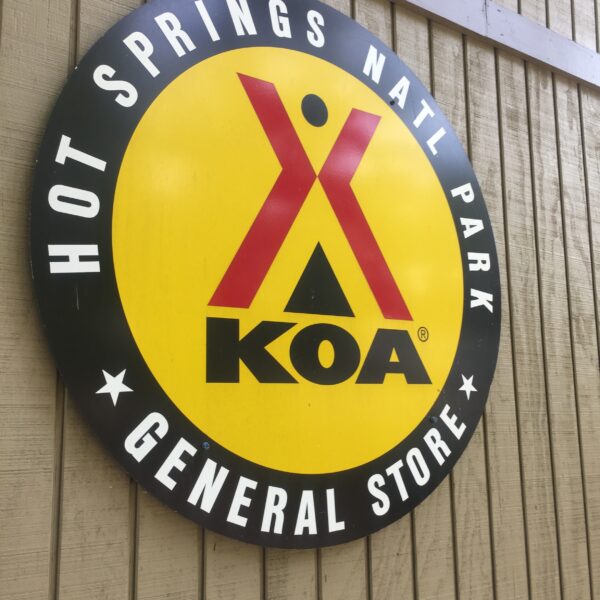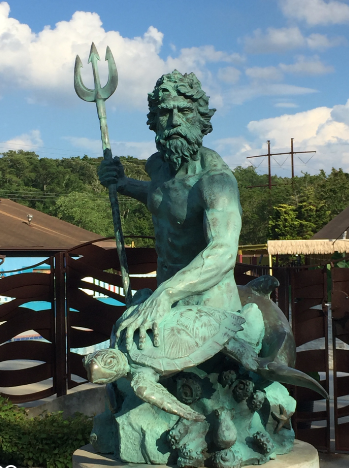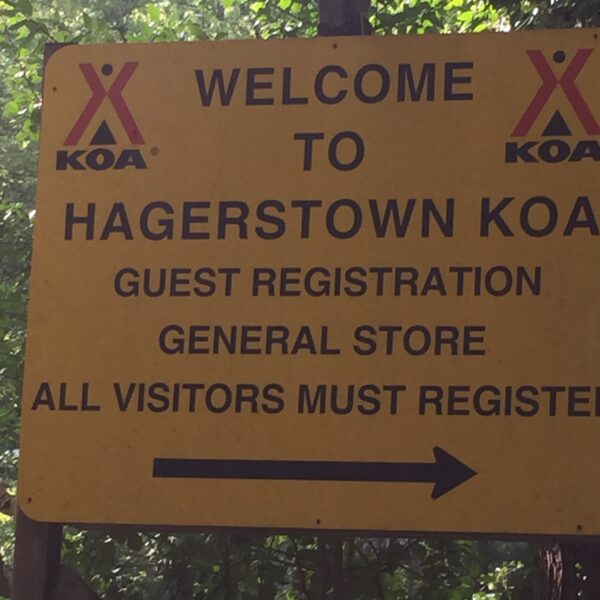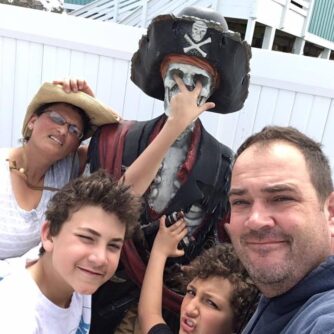Grafton Ghost Town Location
Along the way to Zion National Park on SR9, go past Rockville’s town center, then turn south onto Bridge Road and go over the Virgin River, then take a right at the intersection and bare right at every intersection and follow the signs a few miles to the Grafton Ghost Town, which is a dead end road with no services, no water, power or toilets. The cemetery is on your left before you get to the town. The route is impassable in a brutal rain storm.
History of The Grafton Ghost Town
The history of Grafton Ghost Town in Utah is a tale of resilience, struggle, and, ultimately, abandonment. Founded in 1859 by Mormon pioneers, Grafton was one of the earliest settlements in southern Utah. The fertile land along the Virgin River drew the settlers to the area, which offered farming and ranching opportunities.
Despite its promising beginnings, Grafton faced numerous challenges over the years. Flooding from the nearby river constantly threatened the town, destroying crops and homes on multiple occasions. Additionally, conflicts with local Native American tribes added to the hardships faced by the settlers.
The final blow came in 1921 when the construction of a new bridge across the Virgin River bypassed Grafton, diverting traffic from the town. With its economic lifeline severed, Grafton’s remaining residents gradually departed, leaving behind a ghost town frozen in time.
Today, Grafton Ghost Town is a haunting reminder of the pioneers who once called this place home. The well-preserved buildings offer a glimpse into the past, allowing visitors to imagine life in this rugged frontier settlement. Despite its abandonment, Grafton’s legacy lives on through its rich history and the stories of the people who built and inhabited this remote corner of Utah.
You can learn more about Grafton and its preservation efforts on the Grafton Heritage Partnership Projects website.
What You Will See In Grafton Ghost Town, Utah
In Grafton Ghost Town, visitors will find a fascinating array of historical remnants and natural beauty that tell the story of this once-thriving pioneer settlement. Here are some of the notable features and attractions you can expect to encounter:
- Abandoned Buildings: The town has well-preserved buildings from the 19th and early 20th centuries, including homes, a schoolhouse, a church, and other community structures. These weathered buildings offer a glimpse into the daily lives of the town’s former residents and provide a tangible connection to the past.
- Grafton Cemetery: The Grafton Cemetery is a poignant reminder of the challenges and hardships faced by the early settlers. Many of the graves date back to the town’s founding, offering insight into the lives and stories of those who lived and died in Grafton.
- Scenic Views: Surrounded by the stunning landscapes of southern Utah, Grafton Ghost Town offers breathtaking views of red rock cliffs, desert terrain, and the nearby Virgin River. The area’s natural beauty contrasts the town’s abandoned buildings, creating a memorable backdrop for exploration and photography.
- Historical Signage: Throughout the town, visitors will find informational signage providing details about Grafton’s history, including its founding, growth, and eventual decline. These interpretive panels offer valuable context and insight into the site’s significance.
A visit to Grafton Ghost Town offers a unique opportunity to step back in time and explore the remnants of Utah’s pioneer past amidst the backdrop of stunning desert landscapes. Whether you’re interested in history, photography, or outdoor adventure, Grafton Ghost Town has something to offer for visitors of all ages and interests.
1. Grafton School House – Built 1886
This rustic building stands in front of the massive views of Zion National Park. Grafton’s schoolhouse is arguably one of the most photographed ghost town structures of the wild west. It has been used as the setting for a number of western movies including Butch Cassidy and the Sundance Kid.
The residents of Grafton used the schoolhouse as not only a school but also a community meeting place, church as well as a place for dances and plays.
The last students were taught here during the 1918-19 school year with an enrollment of nine students. The following year students were transferred to the school at Rockville.
2. The Russell Home – Built 1862
This adobe house was built around 1862 and has recently been restored. It has a large front porch where the family would socialize, sing, and listen to music. Alonzo Russell was a blacksmith by trade and supplied the town with eating utensils and farm tools in addition to repairing broken wagon parts.
Alonzo Russell lived in this house until he died in 1910 at the age of 89. His grave can be found in the Grafton Cemetery.
3. Grafton Cemetary 1862-1924
One of the most interesting sites for us during our visit to the Grafton Ghost Town, Utah was the old cemetery.
There are estimated to be 84 graves in the Grafton Cemetery, though some are missing headstones.
The desolate land of Grafton in the 1800s was difficult to survive for many. Some died from diseases, such as tuberculosis, and others from accidents. The infant mortality rate was also high back then, and the graves of babies are scattered throughout the cemetery.
1866 was the worst year in Grafton, with 13 recorded deaths that year. Of the 13 deaths, the ages ranged from 6 months to 35 years.
This cemetery is a great monument that provides a unique opportunity for area visitors to learn about early pioneer settlements and Grafton’s settlers.
Other Assorted Structures and Cabins
In addition to the above structures still standing there are a few other cabins, and homes that remain in Grafton. A number of them are open to the public and offer a glimpse into how the Mormon settlers in Utah lived during the 1800s.
Visiting the Grafton Ghost Town, Utah is a quick stop but certainly worth it. We spent approximately 45 minutes to an hour visiting the town with our two children. Coming from New England we are used to historical structures, and structures still standing from the 1800s. However, this was the first time we visited an abandoned ghost town from the wild west.
If you are ever planning on visiting Zion National Park we highly recommend stopping to see Grafton.
Our Experience at the Grafton Ghost Town, Utah
We added the Grafton Ghost Town to our first cross-country trip, where we stopped to visit Zion National Park.
Thankfully, through all the dirt roads, we could make it to the abandoned town in our RV. Our family spent an hour or so exploring the location. It was a great experience to see the untouched Utah landscape and how the early settlers lived. This ghost town is in reasonable condition thanks to the Grafton Heritage Partnership Project.
If you plan on visiting Zion National Park during your travels, we highly recommend adding Grafton to your itinerary.
We love to hear from our followers. Please leave a comment below.
Have you ever visited a ghost town? Is there any great ghost town you would recommend?

